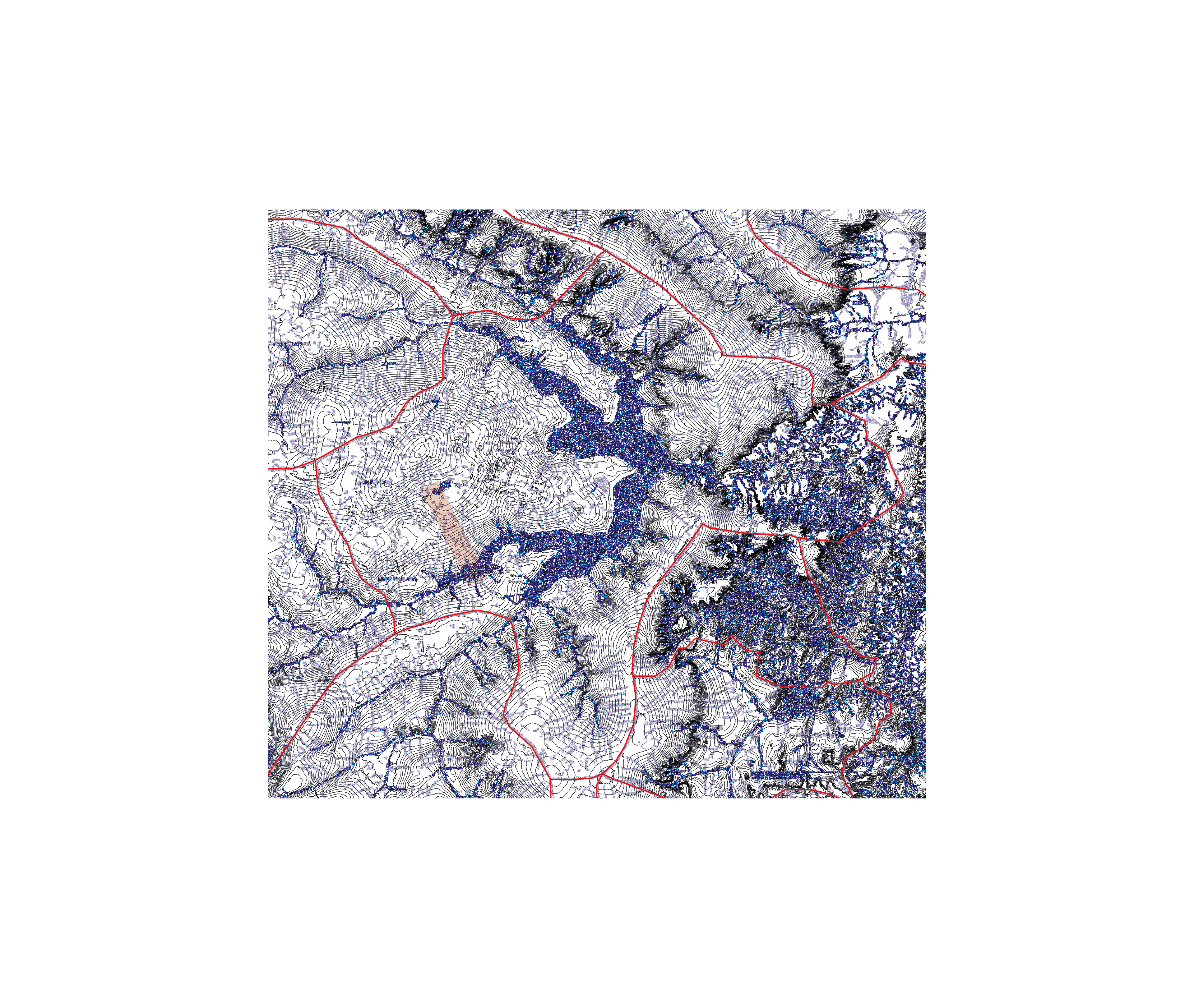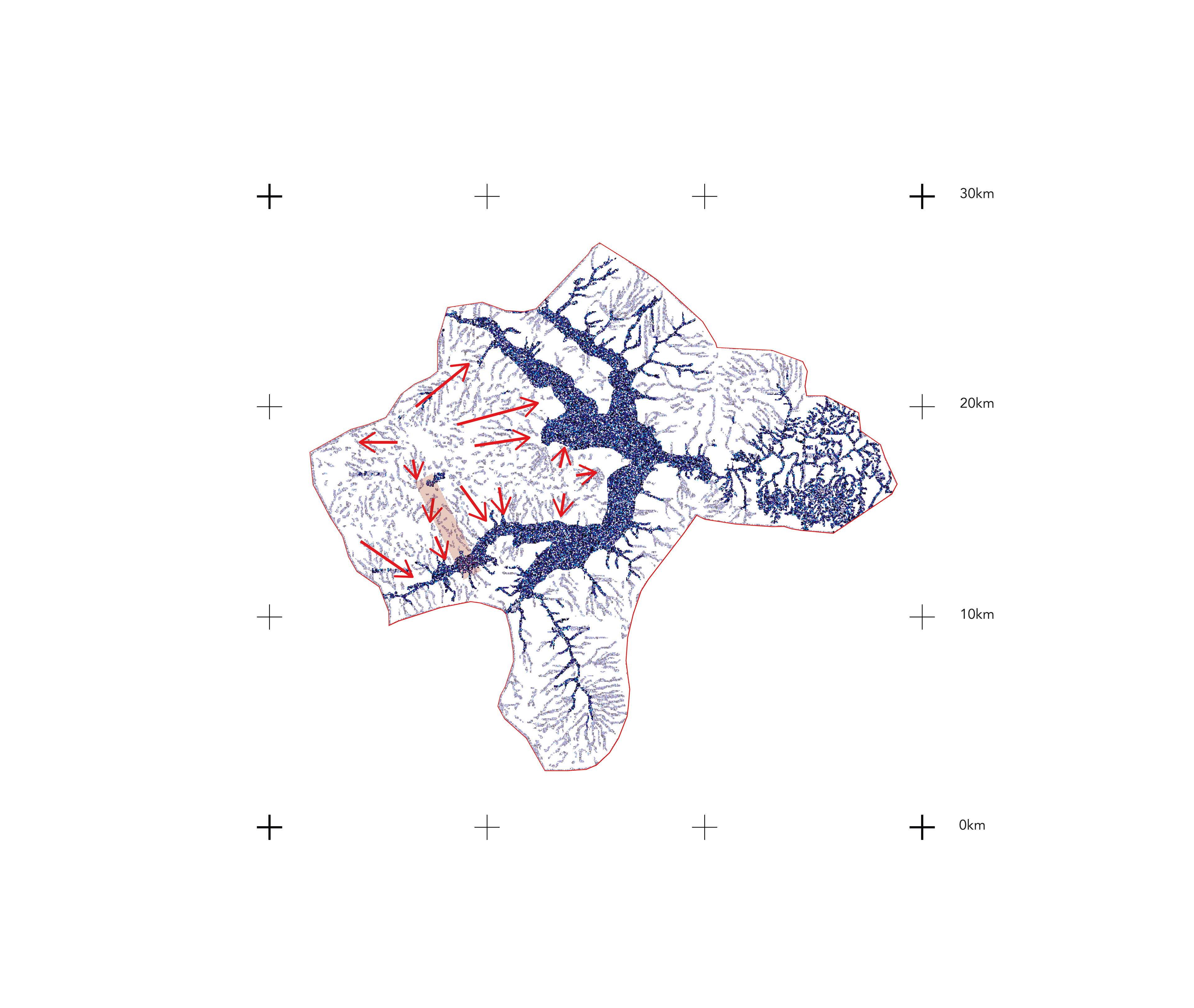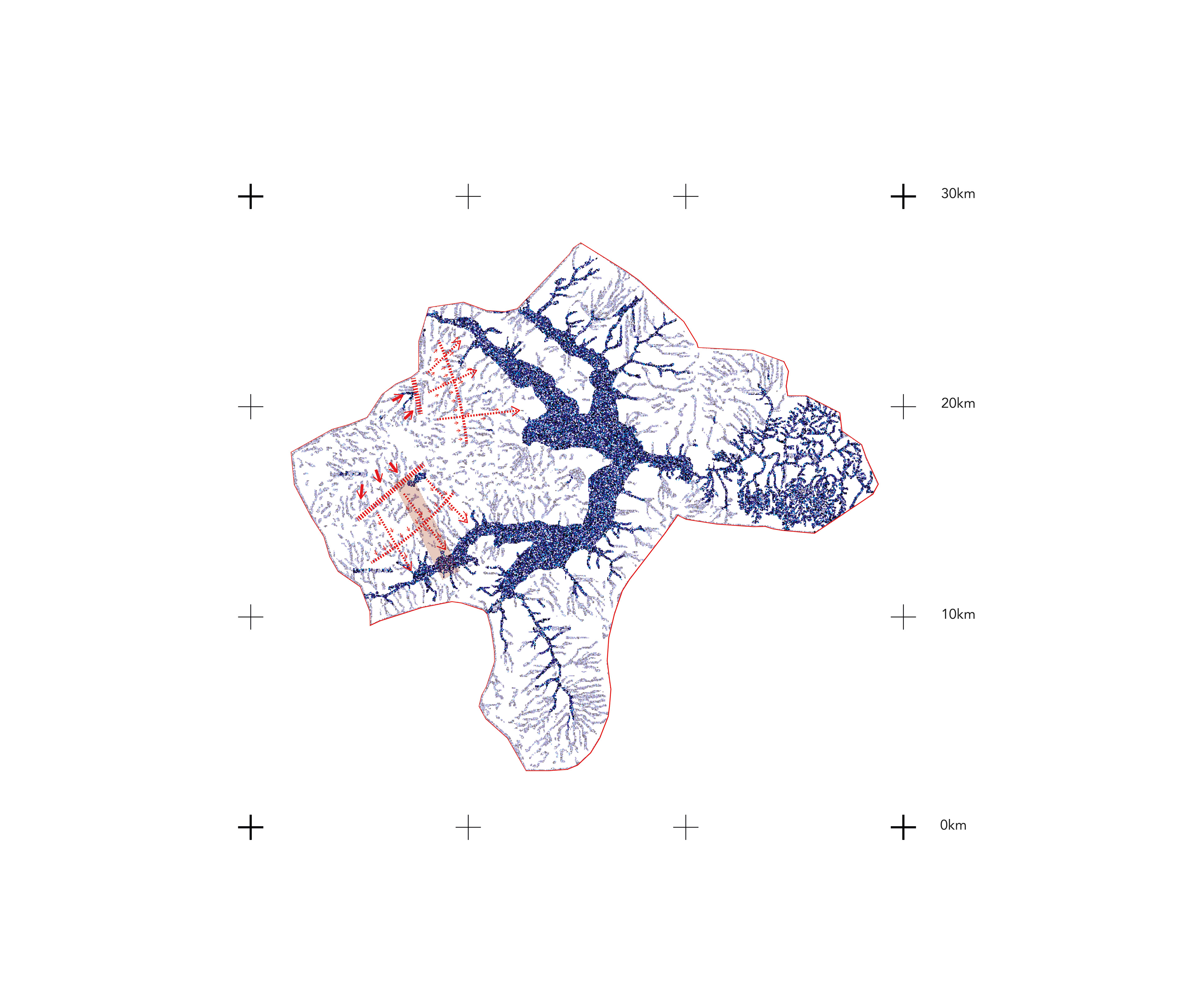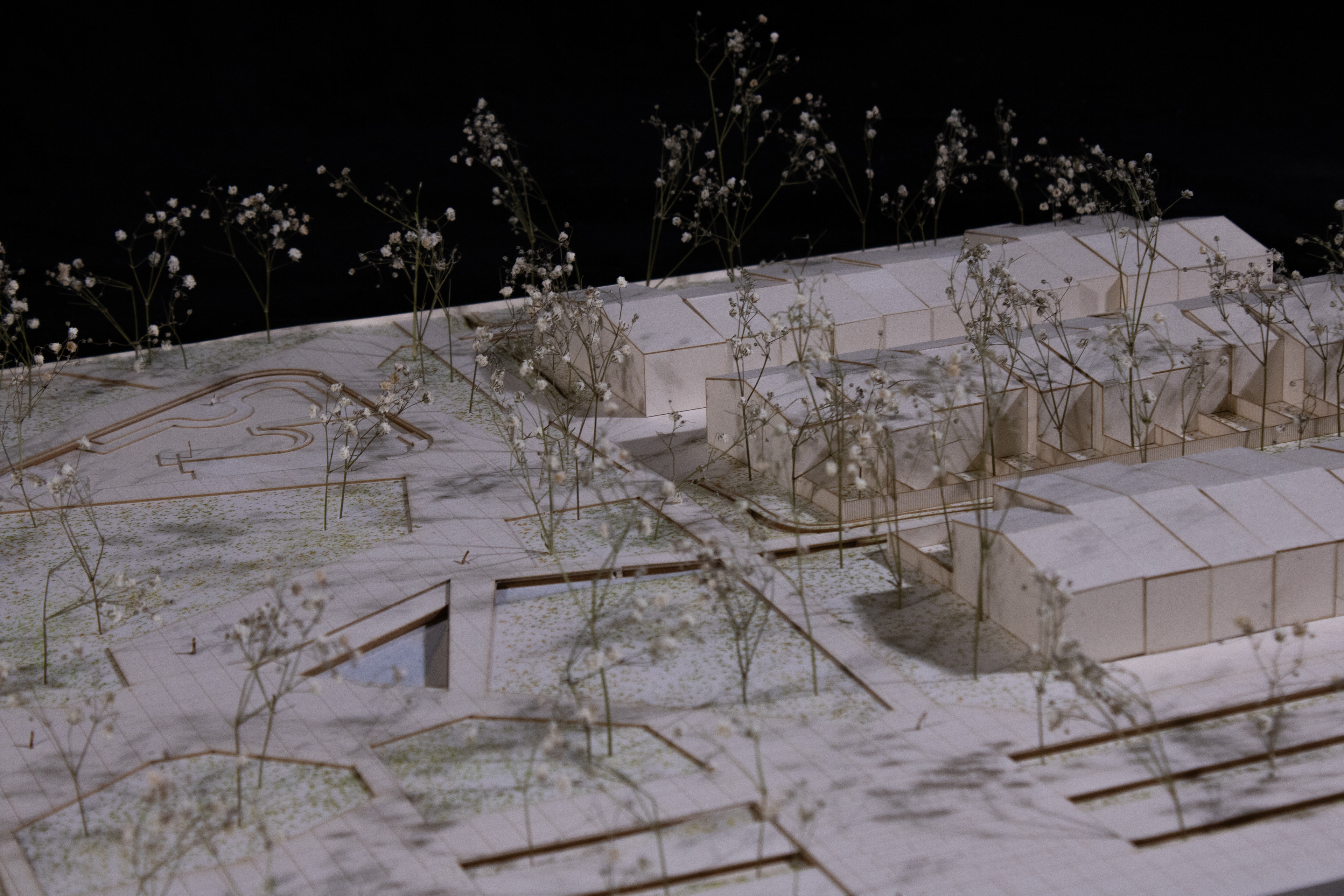Awarded the Meyer-Lévy Prize 2025!
Granted by the Académie d'Architecture, this prestigious award recognizes, each year, a young graduate whose final thesis project stands out for its architectural quality, relevance in facing contemporary challenges, and commitment to an innovative and responsible approach.
The "Young Graduates" jury highlighted the depth of the reflection, the coherence of the discourse, and the project's ability to offer concrete pathways toward a transition to a more sustainable city.
Granted by the Académie d'Architecture, this prestigious award recognizes, each year, a young graduate whose final thesis project stands out for its architectural quality, relevance in facing contemporary challenges, and commitment to an innovative and responsible approach.
The "Young Graduates" jury highlighted the depth of the reflection, the coherence of the discourse, and the project's ability to offer concrete pathways toward a transition to a more sustainable city.
Inaugurated in 1960, Brasília was designed to promote development in the interior of the country and decentralize political and administrative powers. Designed by architect Oscar Niemeyer and urban planner Lúcio Costa, the city is structured in distinct neighborhood units, lacking a true urban center or historical core, which reinforces the separation of urban functions.
This rigid zoning creates fragmented centralities within residential units, fostering closed social circles. The absence of an urban center limits pedestrian movement, highlighting that the city was primarily designed for car circulation. This approach, with strict zoning that separates urban functions such as housing, commerce, leisure, and work, raises questions about the way of life in Brasília. Furthermore, this monumental scale design poses various challenges in terms of mobility, low density, and resilience to climate change.
Thus, five key challenges can be identified: zoning, mobility, the high demand for housing, water management, and the social issue related to the significant homeless population. Currently, it is estimated that there are just over 700 people living on the streets in Brasília, while the annual demand for housing hovers around 5,000 units. These challenges directly impact the well-being of the population and require adequate responses to improve the quality of life in the city.

Bassin versant et topographie du plateau du District Fédéral - Alt. 1200

Écoulement de l’eau au sein du bassin versant

Stratégie de gestion de l’eau à l’échelle du bassin versant
Brasília is located within the Cerrado ecosystem, characterized by two distinct seasons: a rainy season and a dry season. The Paranoá Lake watershed, which plays a crucial role in the city’s water management, is fed by three open-air water sources in addition to several underground water catchments. Paranoá Lake, an artificial body of water, helps regulate the city's temperature and humidity.
Water management is vital in Brasília due to its climate. The city can go up to 150 consecutive days without rain, which makes the soil extremely arid and dry. During the first rains, this hydrophobic soil struggles to absorb water, resulting in rapid surface runoff with little infiltration. This phenomenon causes severe flooding in various neighborhoods — a recurring issue every year.
To address these floods, my project proposes an integrated approach through a master plan that combines both horizontal and vertical interventions based on rainwater flow. These interventions include reworking the urban fabric, redirecting water pathways, improving building practices, and preserving as well as revitalizing local flora and fauna. This strategy aims to mitigate the effects of flooding while strengthening the city’s environmental resilience.
To address these challenges, my project proposes an approach focused on creating a more resilient and sustainable city. Starting from the premise that the society of tomorrow will be post-oil, the goal is to reduce car dependency by reinforcing the city-park model. My project focuses on water management, biodiversity, densification, land use, and agriculture, while also developing educational, cultural, sports, and food-related programs.
A hydrological study of the Paranoá Lake watershed — where Brasília’s Pilot Plan is located — revealed critical issues in water management. The Cerrado climate, with alternating droughts and heavy rains, leads to frequent flooding. To mitigate this, a first intervention is proposed at the watershed scale of the plateau, using the City Park and the Burle Marx Ecological Park as natural barriers against water flow. In addition, smaller, vertical interventions are planned within the existing urban fabric to reinforce water management across the entire watershed.
The project is divided into three main interventions: the twin houses of the SHGS sector, the superquadras of Block 308, and a portion of the Cerrado biome located in the lake bay. These interventions combine urban planning, water management, landscape design, and work on the existing built environment.


